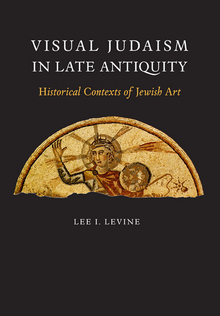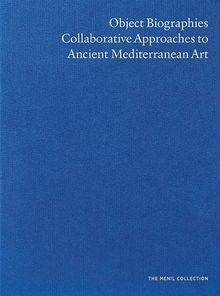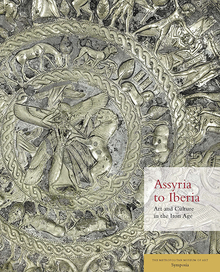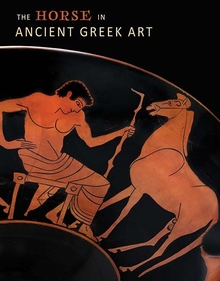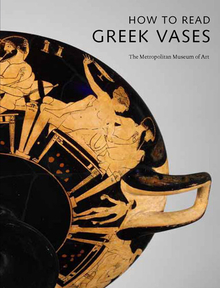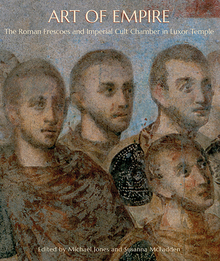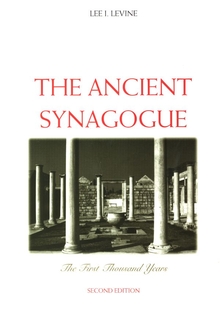Visual Judaism in Late Antiquity
WARNING
You are viewing an older version of the Yalebooks website. Please visit out new website with more updated information and a better user experience: https://www.yalebooks.com
Historical Contexts of Jewish Art
Lee I. Levine
A masterful survey of Jewish visual culture in the Late Roman and Byzantine eras
A new type of Jewish art emerged in Late Antiquity, when artists produced visual depictions that had not existed earlier within a Jewish context—figural images (including pagan motifs), biblical scenes, and religious symbols. Visual Judaism locates this phenomenon in the wider context of Late Antiquity, revealing new insights into the role of visual culture in Jewish society, in which individual communities determined what forms of artistic expression would be displayed in their synagogues. Following introductory chapters surveying Jewish art over fifteen hundred years, down to the third century CE, author Lee I. Levine focuses on the wealth of archaeological, artistic, and textual material from the third to seventh century, demonstrating how this artistic activity responded to new historical circumstances.
Lee I. Levine is professor emeritus of the Rev. Moses Bernard Lauterman Family Chair in Classical Archaeology at the Hebrew University of Jerusalem. He has published numerous books, including The Ancient Synagogue: The First Thousand Years (Yale).
"Breathtakingly learned; nothing else like it exists. Visual Judaism examines archaeological, epigraphical, and literary sources, and Jewish and non-Jewish culture and history to understand Jewish art in context. . . . Magnificent."—Richard Kalmin, The Jewish Theological Seminary, author of Jewish Babylonia Between Persia and Roman Palestine
"A bold and comprehensive book. Lee Levine's command of the monuments, bibliography, and relevant historical and contextual issues (not to speak of the languages and literatures involved) is second to none. This is a magisterial survey."—Jas' Elsner, Oxford University, author of Roman Eyes: Visuality and Subjectivity in Art and Text
"Unique in its breadth and comprehensiveness. This book is the summation of decades of research in archaeology and history of the ancient Jewish world, which author Lee Levine, as a senior scholar in this field, is able to deliver from a position of erudition and authority."—Sacha Stern, University College, London, author of Time and Process in Ancient Judaism
Publication Date: March 26, 2013
128 b/w illus.

